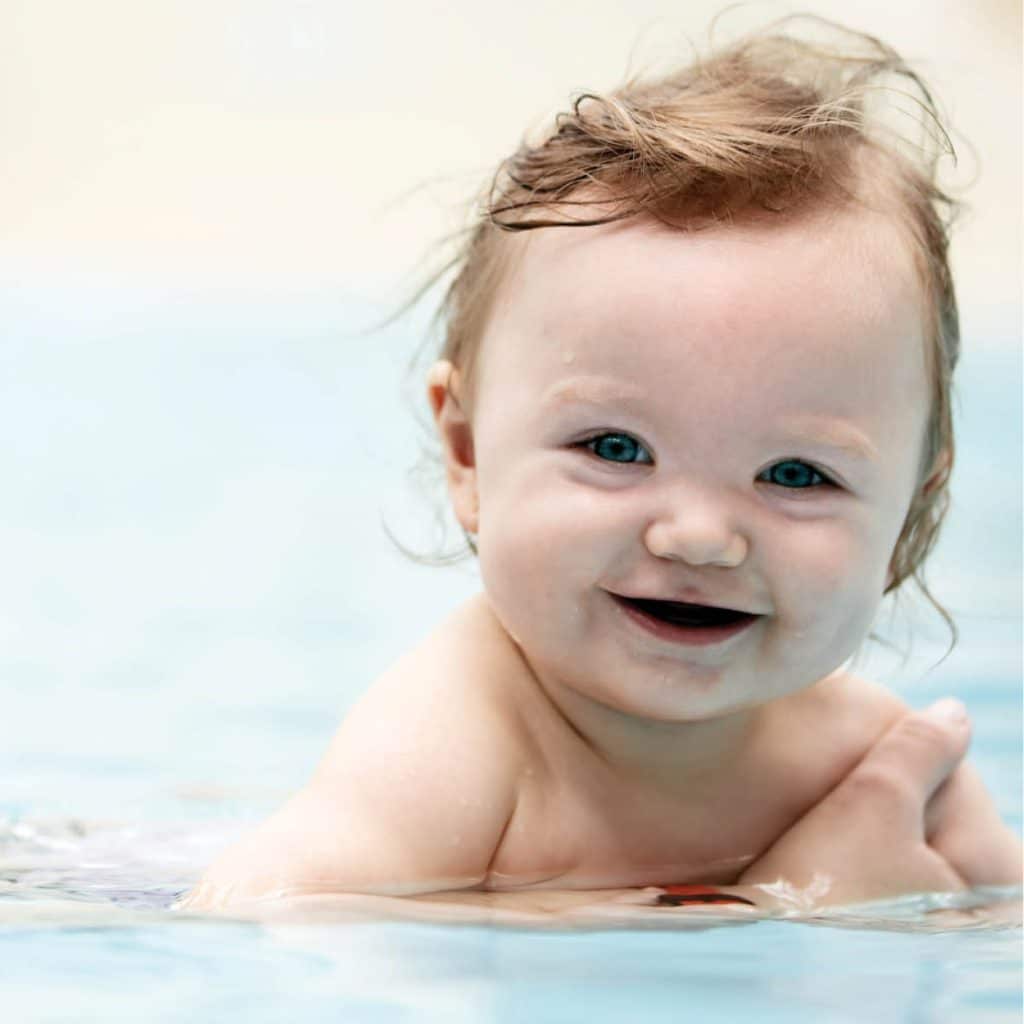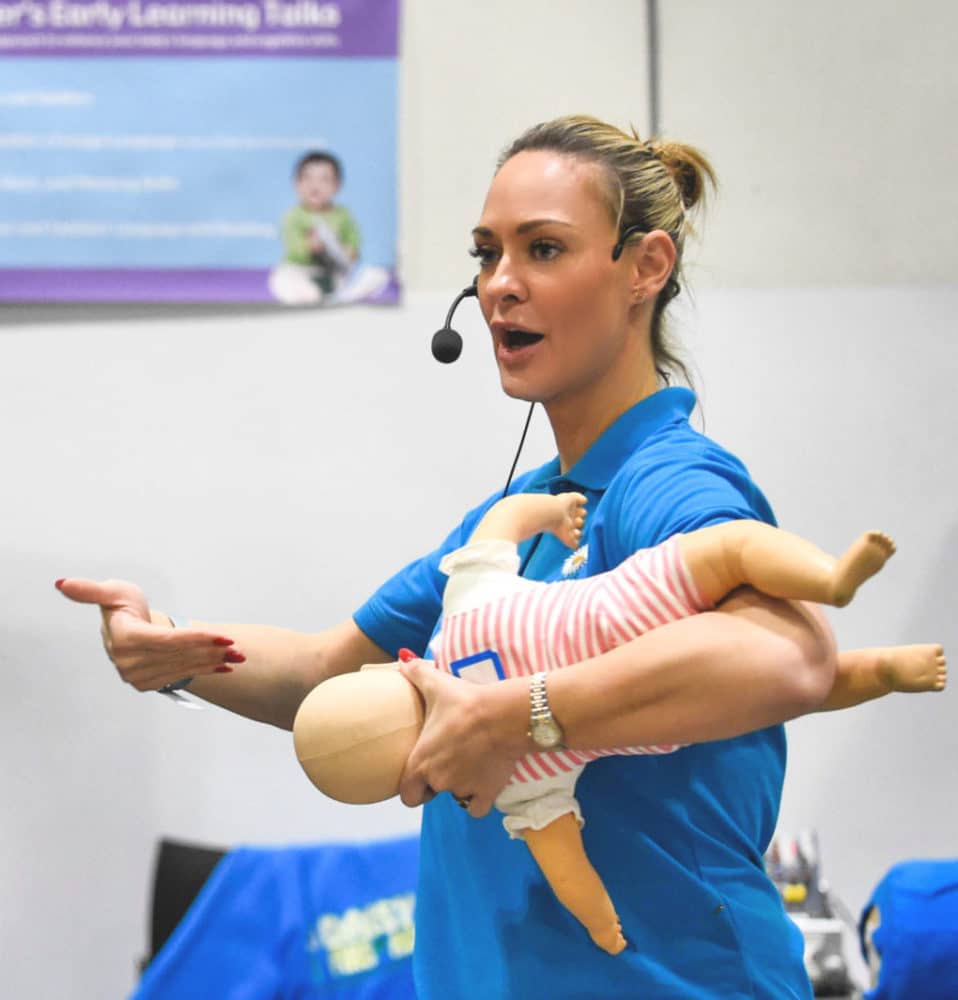We often talk about water safety especially in the summer months when our little ones are much more likely to be around swimming pools, paddling pools and beaches. Drowning prevention week helped to shine a spotlight on how to keep our children safe in and around bodies of water to prevent drowning.
But when you hear about children drowning on dry land hours or even days after they have left the water that can be a terrifying prospect for parents.
So on today’s blog we’re talking all about dry drowning and secondary drowning.

What’s the difference?
Dry drowning and secondary drowning aren’t medical terms but they are commonly used to describe very rare complications that can occur following exposure to water and are most common in children.
So-called dry drowning occurs when someone takes in a small amount of water through their nose and/or mouth and it causes the airway to spasm and close up. Dry drowning occurs soon after leaving the water. If your child is struggling to breath to breath please get them seen by a medical professional as soon as possible.
Secondary drowning occurs when the child has aspirated water which means they have water in their lungs which can result in inflammation or swelling and can cause fluid to build up on the lungs making it difficult to breath. It is possible for the child to appear well initially and symptoms can occur 24 or more hours later.
Symptoms
If your child has been in the water and develops any of the following symptoms please take them to see a medical professional immediately:
- vomiting
- persistent cough
- fever
- laboured breathing
- lethargy
- chest pain
Drowning prevention
Please remember to:
- always watch your child closely in or around water
- only swim in designated swimming areas
- never let your child swim alone
- never leave your baby or child alone near any amount of water even in your home (even a few centimetres of water can be dangerous)

